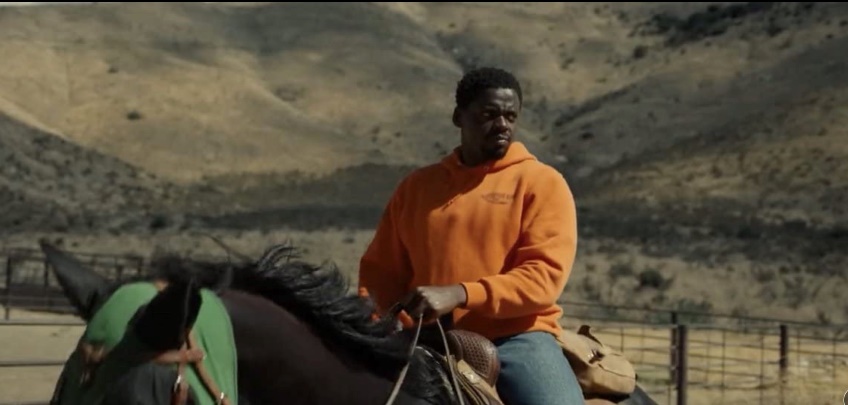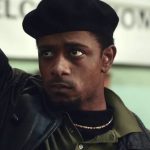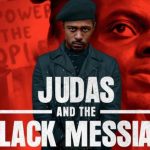Joyce Glasser reviews Nope (August 12, 2022) Cert 15, 130 mins.
Nope is Jordan Peele’s second film since his acclaimed debut Get Out (2017), a social satire on American race relations so clever and effective that Peele became the first Black man in history to win an Academy Award for Best Screenplay. Get Out starred a then unknown British actor named Daniel Kaluuya (Black Panther, Queen and Slim, Judas and the Black Messiah) who reappears in Peele’s new Afrofuturist film Nope.
In Nope, a title loaded with the combined feelings of incredulity and defiance, Kaluuya plays OJ, a horse wrangler with roots in California’s film industry. He struggles to take a potentially lucrative picture of the menacing alien space object or creature that may have killed his father Otis Sr. and is behind the disappearance of a child actor and business associate.
Get Out was universally praised but die-hard horror film fans thought it wasn’t scary enough. Peele’s follow up, Us was plenty scary, but in the second half Peele’s ideas run away with his ability to dramatise them in a coherent whole.
Nope suffers from the same problem – and even the squeamish wouldn’t call it scary. But Nope has bigger ambitions: to capture the zeitgeist, along with the Hayward Gallery’s In the Black Fantastic and Hew Long’s Procession at the Tate, where the culture of the African diaspora blends Sci-Fi, fantasy and technology, not to cancel history but to combine past and present to construct an alternative future.
Just as there is a significant biblical verse in Us, Nope opens with a verse from Nahum 3:6 (or Woe to Ninevah): “I will cast abominable filth upon you, make you vile and make you a spectacle.” There are three main stories in the film, and Peele uses this ancient biblical curse to link them together through the more conventional definition of the word “spectacle,” as “a striking performance or display.”
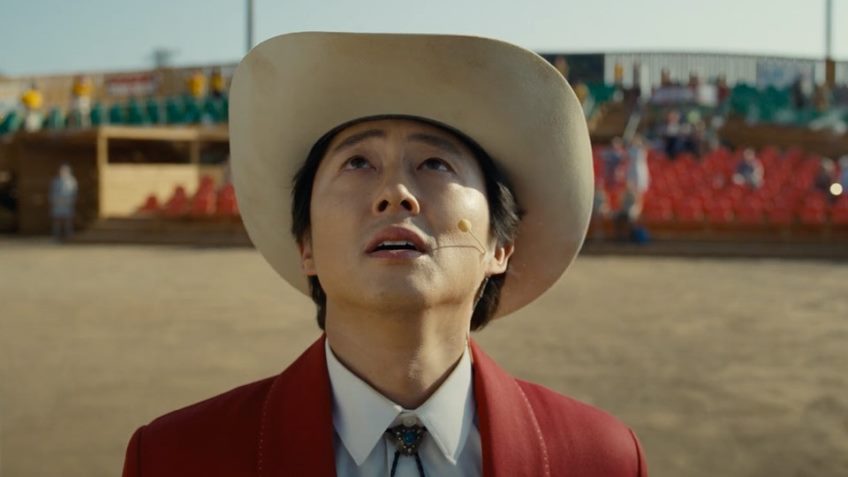
This, of course, includes the film industry, but Peele is not aiming for just another satire of the industry. In these stories we find the “Black man from outer space” of jazz musician Sun Ra’s 1972 film (directed by John Coney) Space is the Place and a fictionalised link to the anonymous Black jockey who appears in Eadweard Muybridge’s experimental photographs capturing the movement of horses of 1878.
Nor is the presence of Black cowboys in the American West altogether new. Before 2021’s Black cowboy revenge saga, The Harder They Fall, there was Sidney Poitier’s 1972 directorial debut, Buck and the Preacher (co-starring Harry Belafonte) and Mario Van Peebles 1993 film Posse, a revenge drama that posited that the West was populated by Afro-American cowboys. The last, tedious twenty minutes of Nope tend to be less ground-breaking and more like the 2011 dud Cowboy and Aliens, with its all-white A-list Hollywood cast, all lost in an embarrassment of noise.
But the film opens more promisingly. Eerie sounds of a live television show being recorded, with canned laughter, the word Nope repeated in dialogue, and an applause signal flashing. But the equipment is smashed and unattended, the studio seats are empty, blood splatter is apparent and a chimpanzee in human clothing is pounding on someone whose body is part hidden from our view behind a chair.
Cut to a farm (and a quarter century later) in the mountains of Northern California so remote that it seems closer to the increasingly ominous cloud formations than to the extensive valleys below. OJ (Kaluuya) looks destined to carry on his father Otis Sr’s (Keith David) horse ranch after one spooky night when Otis Sr is killed by an inexplicable shower of debris like pellets thrown from the heavens by an angry god.
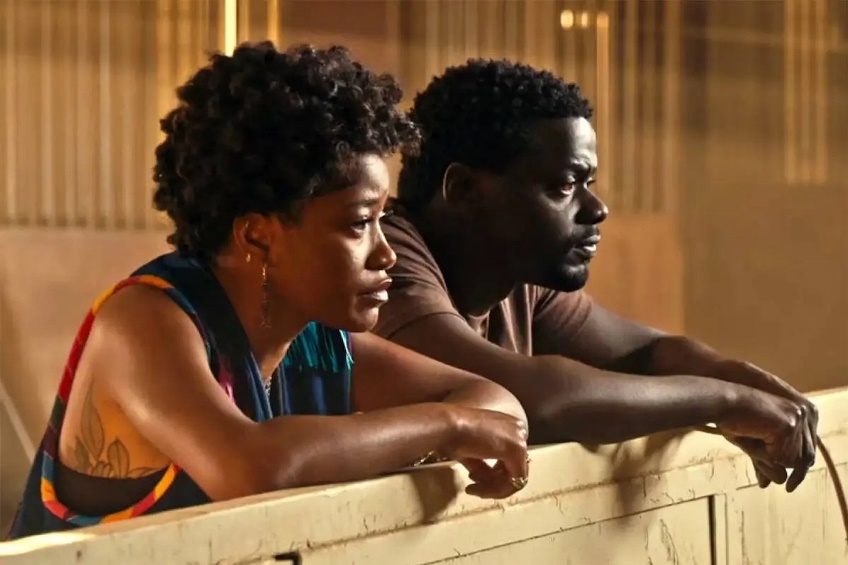
Haywood’s Hollywood Horses is bidding for commercial work with a shy OJ holding a beautiful, docile, black horse that is used in films and commercials. Fortunately or unfortunately, OJ’s animated, overly zealous sister Emerald (Keke Palmer) is there to deliver the pitch and explain that the Haywoods are the only Black horse wranglers through their ancestry with the Black jockey in Eadweard Muybridge’s photographs. A curious or devious cameraman at the presentation, Antlers Holst (Michael Wincott), spooks the horse and the job is off.
OJ decides it’s a good time to sell up and move on with his life. He goes to see Ricky “Jupe” Park (Steven Yeun), who runs a theme park called Jupiter’s Claim that looks like a prospector’s camp in the Wild West. Ricky is a child actor, haunted by the actions of another species, and, as we will see in a chilling, if gratuitous, point of view scene that revisits the live TV show gone wrong that opens the film.
At the back of Ricky’s theme park is an arena called Out Yonder with a view similar to that of Haywood’s ranch. The enterprising Park sells tickets to a kind of UFO séance, informing the spooked public that they are being surveyed by an alien species – that he believes he can control. Unfortunately, we never learn what Ricky feels about this alien object, but we do see that the routine is not going to plan. The heavens open “a bit early” and the drinks’ machine stops working as though halted by electrical interference. The audience, and Park, get more than they bargained for.
Meanwhile, back at the remote ranch, OJ and Emerald engage Angel Torres (Brandon Perea), a techie salesman at Fry’s Electronics, to help them set up a surveillance system to record the alien spaceship which now appears to be living in the fast moving clouds above the ranch. When it is clear they need more help, they remember Antlers Holst, although with his raspy, gravelly voice in mumbled dialogue (similar to Kaluuya’s), it’s difficult to understand what he says.
Peele’s filmmaking talents are obvious, and each creepy story is packed with potential, but he has not found a way to connect them through a coherent plot, or, if this was his aim, to develop its obvious Afro-Futuristic themes. Unanswered questions abound. If the space object is a creature affected by human civilisation, how is it connected to the chimp and the horses – other “animals” in the film? How is Rick’s past connected to his fate and to OJ’s? Why wouldn’t there be a big news crew or NASA scientists camped out in the valley ready to capture the elusive photo? The fate of Rick and the tourists must have involved a high profile police investigation that would have attracted a few curious reporters. After all this was the original magic show gone wrong, and quite a spectacle.

